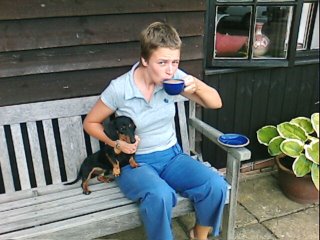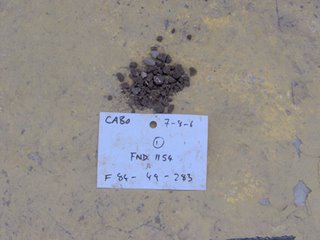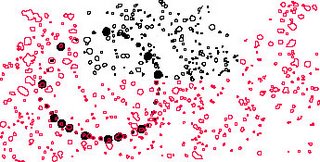
This is the last installment of the field season. I am relaxing in the bosom of my family (and Mother's dogs mattie and erik) having enjoyed a very long soak in a hot bath, and hit the tea (english) and marmite toast.
The last few days involved finishing off all the work in the field, including backfilling all the trenches we had painstakingly excavated the last 6 weeks. I always feel sad when this happens - we reveal, measure, draw, select, trample and then close it all up again, irrevocably altered. And although the archaeology of El Cabo is probably more durable than soil marks in other archaeological situations, and although hotels and golf courses will encroach upon this spot in the too near future anyway, and although we will contribute to discussions and pictures of what life was like in the Greater Antilles a thousand years ago, it is still nevertheless sad to bury it all again.
There was no time for such sentimental musing in Punta Cana however, as all free time was cancelled so that we could finish finds processing before departure. Finds processing basically meant picking tiny shells, from tinier pieces of coral, from gravel and goat shit - not the most glamourous or scintillating of tasks.....
a typical 'feature fill' in need of processing by some poor BA2 student...

But eventually we were ready to leave for Holland with our data. And so it is just left for me to say THANK YOU Menno, Corinne, Angus, Hayley, Adriana, Ilona, Ingeborg, Pauline, Benjamin, Annemarie, Kate, Noortje, Alexander, Peter, Roberto, Nicole, Jason, Jose, Kelvin, Alessandra, Ramona, Belto and Manolo, Yann and Marc for a wonderful excavation season and for making El Cabo the most exciting site I have ever worked on and for being such a dedicated team of arcaheologists.

ps, a tip for those of you still in the DR - watch out when you go through customs - first they tip away your rum, deet and suncream (no liquids in hand luggage) and then they capitalise on your dismay by rifling through your wallet - yes, the airport officials and the army are responsible for this goodbye gesture. Be warned!



